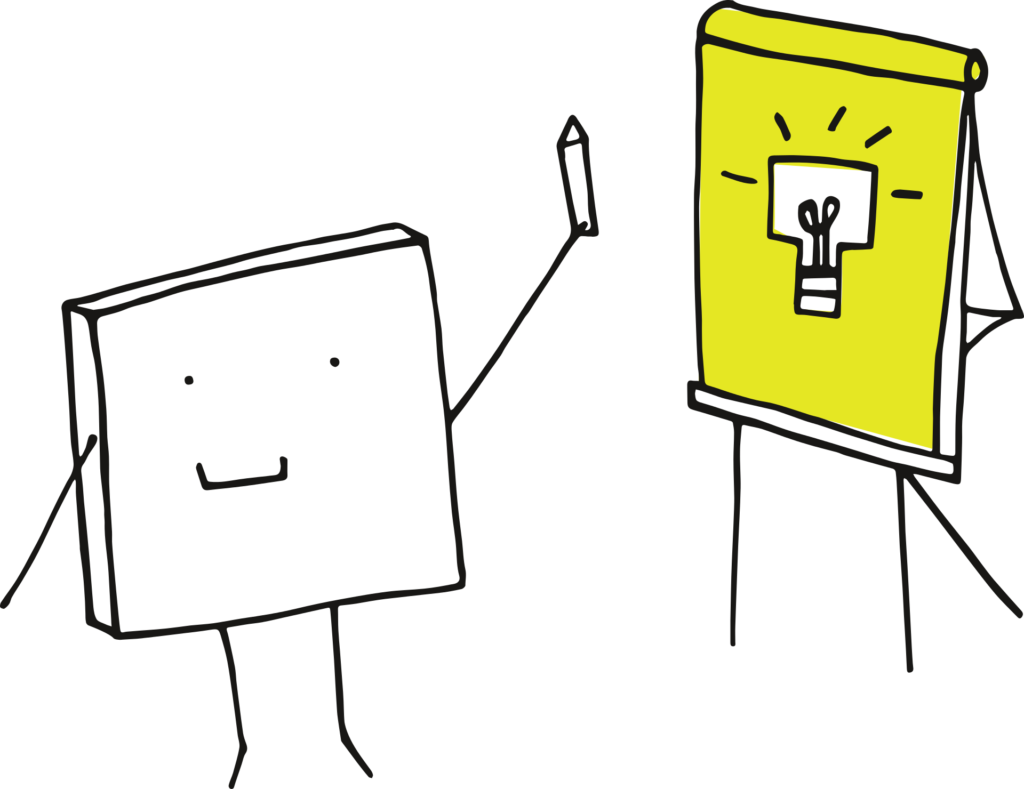Tools and Techniques for Successful Edtech Software Development
Table of content
Table of Contents
Edtech software development is not exactly the most glamorous field. However, it has a lot of potential to help people and organizations in various ways. With the right tools, techniques, and practices, you can create effective Edtech software that solves real-world problems. However, this is easier said than done. Software development as a whole is challenging for a number of different reasons.
It involves keeping track of several moving parts at once while also trying to account for every possible scenario that users might encounter. Additionally, the fast pace of technological advancements makes it necessary to keep updating your software so that it continues to be relevant. Every type of software has its own unique challenges when it comes to developing it effectively. Edtech software development presents its own unique set of challenges given the target users and subject matter involved.
The following article covers some useful tips and tricks for successful Edtech software development that can help you have more success creating your next piece of edtech software.

Define clear measurable goals
Any piece of software will have a certain set of goals that it needs to meet. It is important to start out by clearly defining these goals. By doing this, you can help keep your team accountable to these goals and make sure that everything they do is contributing towards them.
This is especially important when working with clients or in an organizational setting where you may not have as much creative freedom. Create a document outlining the goals of your edtech software. This can include aspects like its target audience, its core functionality, and the overall problem it is trying to solve. This will provide a great baseline for helping you stay mindful of these goals throughout the development process.
Use user-centered design processes
A major part of edtech software is being user-centered. This means identifying who your users are, what their needs are, and how your software can best meet those needs. This can be as simple as conducting interviews with potential users or as complex as running controlled usability tests. However, it is often best to take a user-centered design process that is more inclusive and systematic.
This can help ensure that you don’t miss out on any possible insights and that you have a clear structure for organizing these insights. Two common methods for user-centered design processes are the Human-Computer Interaction (HCI) Model and the Design Thinking Methodology.Additionally, you can also take a more collaborative approach to user-centered design that involves co-creation and co-design.
This is essentially bringing together your team and potential users to work together to create the best possible product and design. This can help create a stronger design brief, find potential issues earlier, and help make your user experience more effective.
Be mindful of Edtech’s unique challenges
While every type of software has its own distinct challenges, there are a few that are particularly relevant to edtech software. First off, there are the legal and regulatory issues that come with working in the edtech space. This includes issues like COPPA compliance, FERPA compliance, GDPR compliance, and data security/privacy. Additionally, there are also the special challenges that come with designing for education.
This includes designing for different grade levels, different types of learners, and various special needs. You can overcome these challenges by doing thorough research early on and having a strong understanding of your users and their needs. This includes doing research with potential users, educators, and other stakeholders in the education space. This can help you understand who your users are and what they need to be able to effectively use your software.

Use Agile practices
Educational institutions are often slow-moving and bureaucratic. This can make it challenging to get approval for projects and to take advantage of new technological advancements that could make your software better. However, you can overcome this by using Agile practices to develop your software.
Agile software development is an iterative approach that follows a series of steps that include different stages of development and project management. There are several different methodologies for Agile software development, but all of them have certain things in common. They include being collaborative and inclusive, being flexible and adaptable, and following a set of core values including excellence, communication, and respect.
If you can implement these practices in your development team, it can make it easier to develop your software without having to wait for approval from higher-ups. It also can make it easier to respond to changing circumstances without having to go through a lengthy approval process.
Keep a continual feedback loop with your users
If you want to create effective edtech software, you need to make sure that it is meeting your users’ needs. This is something that you should always be evaluating and making sure that you are staying true to. You can do this by keeping a continual feedback loop with your users.
This can include things like conducting surveys, running focus groups with actual users, and/or creating a User Experience Review (URE) process. Additionally, you can also reach out to your users directly via social media or email. This can be a simple as sending a short survey or asking them for their feedback directly. Doing so can help you to keep your software relevant and make sure that it is meeting your users’ needs.
Summary
Edtech software development is challenging, but it has a lot of potential to help people and organizations in various ways. With the right tools, techniques, and practices, you can create effective Edtech software that solves real-world problems.
The best way to create effective edtech software is to start by defining clear goals and being mindful of edtech’s unique challenges. You can also use Agile practices to make the development process more flexible and collaborative. The best way to create effective edtech software is to keep a continual feedback loop with your users.


